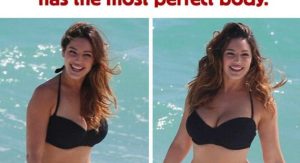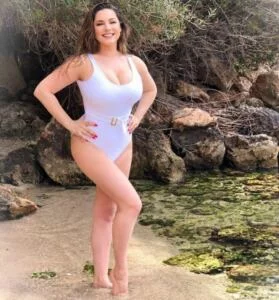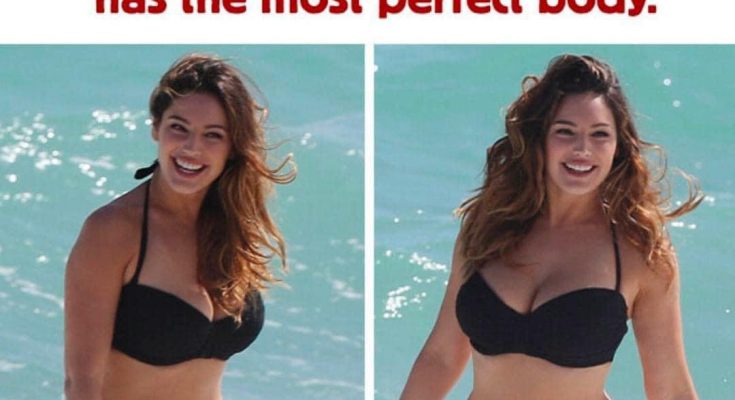
“Beauty has no size, no skin tone, no hair color, no eye color, no facial features, no muscle definition… For we are all uniquely beautiful, and the standards are unreal.” – Anonymous.
A woman reflects on the constantly changing ideals of beauty, acknowledging that these standards should never be viewed as rigid or unchangeable. Over time, society has embraced various notions of what is considered beautiful, with each era introducing new benchmarks that people strive to meet.

In the 1950s, during the height of Marilyn Monroe’s popularity, blonde hair and fair skin were celebrated. At that time, body shape was less of a focus compared to facial features. In the 1960s, the emphasis shifted to a more youthful appearance, resembling high school girls, where youth and a slender frame became the ideal. By the 1980s, beauty standards highlighted women with toned arms and well-proportioned figures, celebrating athleticism and muscle definition. In contrast, the 1990s leaned towards a preference for extreme thinness and flawless skin, with models like Kate Moss becoming cultural icons of the time.
As we entered the early 2000s, doctors, social media, and pop culture began to emphasize specific physical attributes that defined modern beauty. These features included full breasts, a round and lifted backside, a flat stomach, a small waist, a thigh gap, and perfect, blemish-free skin. Celebrities like Jennifer Lopez, Beyoncé, Kim Kardashian, and Kylie Jenner came to symbolize this beauty ideal, regardless of the methods used to achieve these features. Interestingly, while curvier bodies became more mainstream, the fashion and modeling industries continued to hold onto the ultra-thin ideals from the 1990s. Even as society embraced curvier figures, models such as Olga Sherer, Kim Noorda, and Kaia Gerber upheld the fashion industry’s preference for exceptionally tall, thin women with distinct facial features.

Scientific research, however, offers a slightly different perspective on the “perfect” female body in the 21st century. Researchers from the University of Texas have suggested that the ideal woman would be around 5 feet 5 inches tall (1.68 meters) with body measurements of 99 cm (38.9 inches) for the bust, 63 cm (24.8 inches) for the waist, and 91 cm (35.8 inches) for the hips. One public figure whose body measurements closely align with this ideal is Kelly Brooks, an English model, actress, and media personality.
Kelly Ann Parsons, professionally known as Kelly Brooks, fits these scientific standards. Despite being initially rejected by modeling agencies early in her career for not fitting the ultra-thin mold, she went on to become an international style icon. In 2005, she was named the “Sexiest Woman Alive” by FHM, and she has enjoyed a long and successful career in the modeling industry since she was 16 years old.
The significance of the 99-63-91 measurements lies in research suggesting that men are biologically inclined to prefer women with curvier bodies, as it subconsciously signals fertility and the ability to bear children. This connection is deeply embedded in the phrase “childbearing hips,” which refers to the belief that a curvier body signals reproductive health. Although fertility is influenced by far more than body shape, the link between body fat and fertility in women is well-established.
Despite these scientific findings and societal trends, it’s crucial to remember that beauty is highly subjective. Every individual has their own preferences when it comes to physical appearance. In the fashion world, models are often chosen to showcase clothing, with thinness being a priority to keep the attention on the clothes rather than the model’s figure.

In conclusion, beauty should never be narrowly defined by society’s constantly changing standards. It is a multifaceted, subjective concept that cannot be boxed into one ideal. Every woman should embrace her uniqueness—whether that be her body shape, skin tone, hair color, or facial features. A world where everyone fits into one mold would be monotonous and uninteresting. Women should take pride in their individuality and love themselves for their unique beauty because there is no singular definition of what it means to be beautiful.



